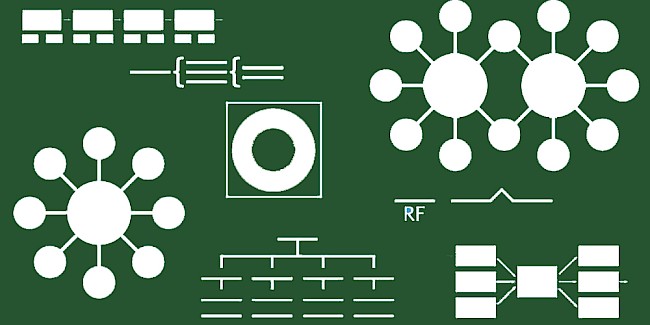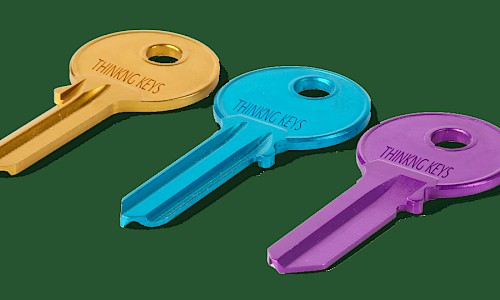How Are They Used?
The application of a Map to a task is not arbitrary – each Map links to a specific thinking process which is informed by the nature of a specific task. For example, in English, comparing and contrasting two characters using specific terminology could be supported by the use of a double bubble map. All learners within the class might use a ‘double bubble’ to share their ideas but the task might be differentiated through the application of a relevant ‘Frame of Reference’. These frames add a level of teacher and student flexibility to the highly structured Maps, which otherwise might be too rigid.
Thinking Map | Thinking Process |
|---|
| Bubble Map | Describing |
Double Bubble Map | Comparing and contrasting |
Tree Map | Classifying |
Brace Map | Identifying whole/part relationships |
Flow Map | Sequencing |
Circle Map | Defining in context |
Bridge Map | Seeing analogies |


